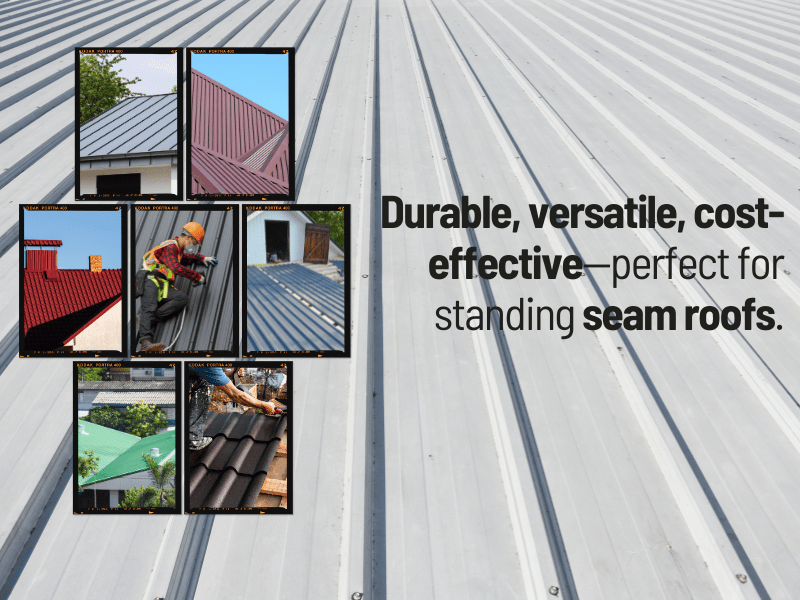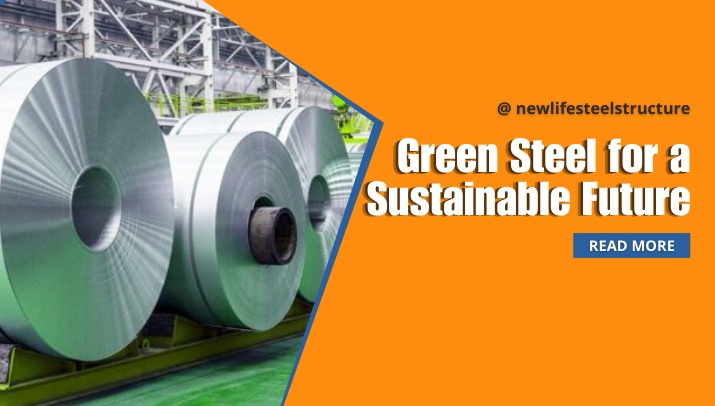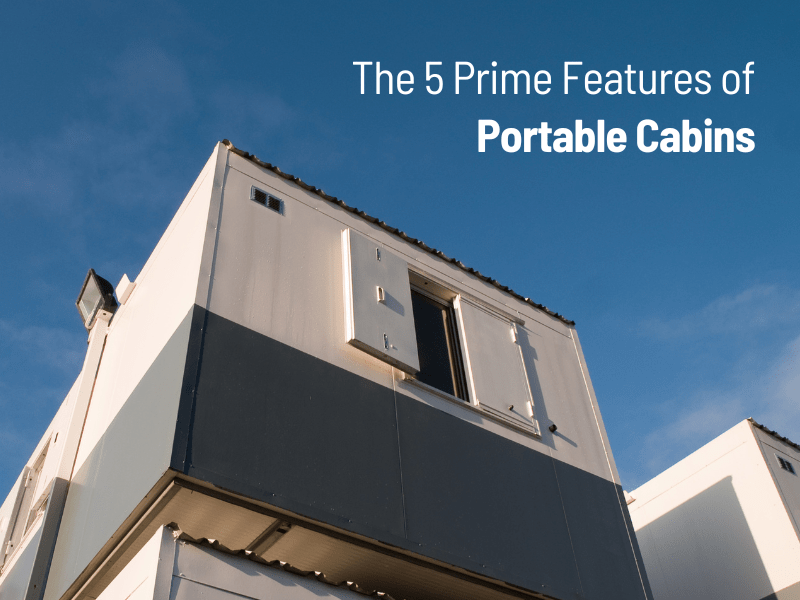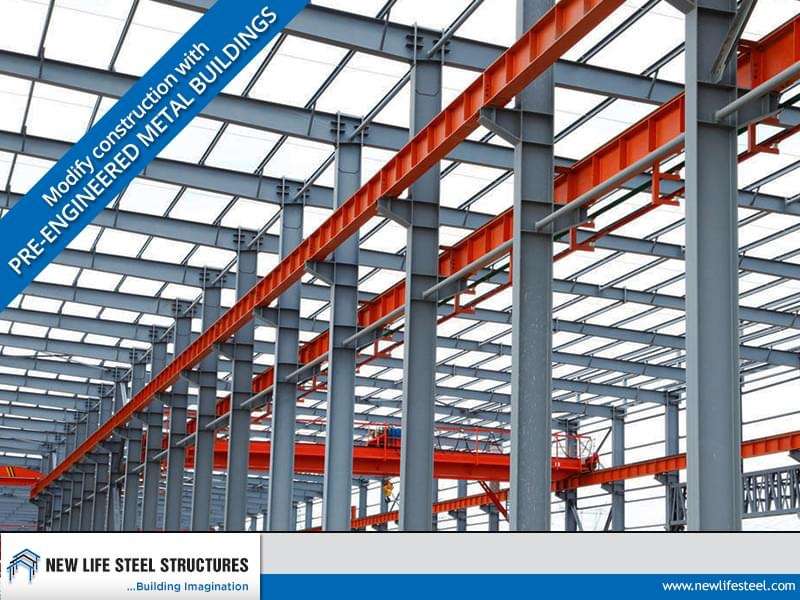
Rethinking Construction: Embracing Green Steel for a Sustainable Future
Home » Rethinking Construction: Embracing Green Steel for a Sustainable Future

As urbanization accelerates, our cities are witnessing an unprecedented increase in infrastructural development. Towering skyscrapers, sprawling commercial hubs and ambitious renovation projects are dominating the landscape. However, this rapid expansion brings with it an alarming rise in construction waste which in turn brings a pressing challenge to both urban planning and environmental sustainability.
The Mounting Challenge of Construction Waste
In nations like China, construction activities have reached peak levels, generating billions of tons of waste annually. Traditional disposal methods, such as landfilling and open dumping are no longer a viable solution. These practices consume precious land resources and also contaminate soil and water, exacerbating environmental degradation.
Statistics reveal a glaring disparity: On one hand countries like Japan and South Korea boast construction waste recycling rates beyond 90%, while China’s recycling efforts remain under 5%. This gap requires an urgent need for an innovative approach for waste management and sustainable construction practices.
Green Steel Buildings: A Game-Changer in Construction
Green steel buildings represent a transformative shift in the construction industry. Prefabricated and recyclable, these structures offer various advantages over traditional concrete buildings. From reducing construction waste to conserving resources, green steel buildings have a full life-cycle approach to sustainability.
Key Benefits of Green Steel Buildings:
1. Recyclability – Steel is a highly reusable material. It has a recycling rate surpassing 90%. Even after a structure’s lifecycle ends, its components can be repurposed which minimizes waste generation.
2. Energy Efficiency – Prefabricated steel buildings require less energy during construction, as they do not have the need for water, fire and other resource-intensive processes.
3. Reduced Environmental Impact – As compared to concrete, which relies mainly on non-recyclable materials like cement and gravel, steel buildings have significantly lower dependence on natural resources and thereby have reduced carbon emissions.
4. Durability and Safety – Steel structures excel in seismic performance and are fire resistant which makes them a resilient choice for urban and industrial applications.
Overcoming Perceptions and Barriers
Despite the advantages of steel structures, their adoption in residential construction has been slow. Perceived cost concerns and limited public awareness have been major roadblocks in their widespread acceptance. However, when we look at their advantages — faster construction time, reduced waste disposal costs and material recyclability—reveals that steel buildings are often more economical in the long run.
The Role of Policy and Innovation
Governments worldwide are recognizing the importance of green steel buildings in achieving carbon neutrality. Policies which promote renewable energy, green materials and sustainable construction are driving the transition toward eco-friendly urbanization. Simultaneously, advancements in steel structure technologies, such as integrated building systems and modular designs, are making them attractive with increased market viability.
A Vision for the Future
In the era of carbon neutrality and environmental consciousness, green steel buildings offer a blueprint for sustainable urban development. With this innovative approach, we can address the challenges of construction waste and resource scarcity along with building a greener and more resilient future.
As cities continue to grow, the adoption of green steel is not just a choice—it’s an imperative. Together, we can reimagine construction, harmonize with nature and pave the way for a sustainable tomorrow.
Recent Post


The 5 Prime Features of Portable Cabins

